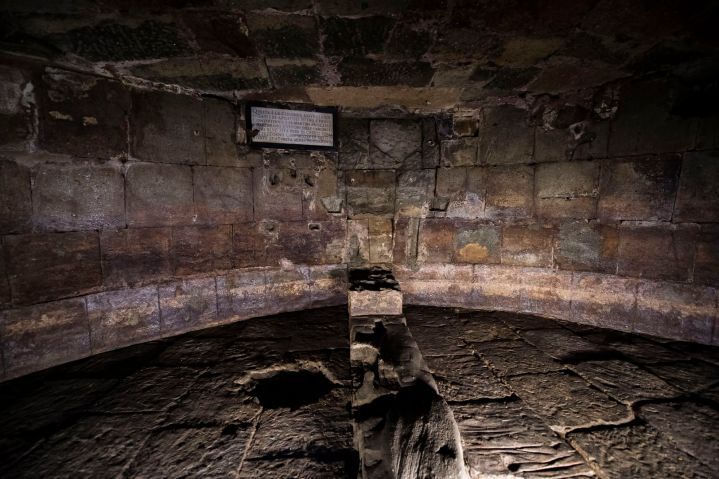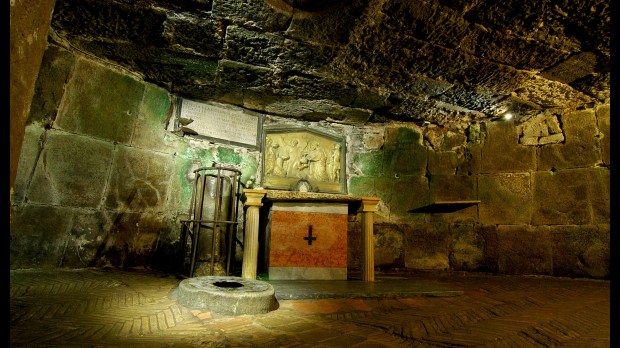In The Human Condition, Hannah Arendt explains how Roman juridical culture was only dimly aware of the role forgiveness could play to correct the damages that inevitably result from human interaction. Whereas ancient Romans considered the possibility of sparing the life of the vanquished, this practice was but an exception in their legal system. Known as they were for their brutality in the battlefield, their treatment of prisoners was as cruel.
For the most part, confinement was often rather brief: Even the merciless Romans considered imprisonment as inhumane, so most prisoners were sentenced to death instead. That’s basically the reason why most prison sentences were short. As Erich Anderson explains in this article, the wealthy were charged with either house arrest or exile instead.
The few relatively long-term prisoners, Anderson goes on, had to face less-than-human circumstances, kept in underground dungeons and holding cells as they awaited trial or punishment. Even in these circumstances, as the 3rd-century jurist Ulpian famously said, Romans in general considered that “prison indeed ought to be employed for confining men, not for punishing them.” In fact, during Hadrian’s reign, confining anyone for life was strictly forbidden.
This does not mean, again, that ancient Romans were merciful. On the contrary, as Professor Edward M. Petersexplains in his article included in The Oxford History of the Prison:
Conviction for some offenses required the payment of compensation, but the most frequent penalty was death. Among the terms of capital punishment in effect were burning (for conviction of arson), precipitation from the Tarpeian Cliff (for perjury), clubbing to death (for composers of scurrilous songs about a citizen), hanging (for theft of the crops of others, apparently a form of punitive human sacrifice to the goddess Ceres), and decapitation.
The Mamertine Prison
The Mamertine Prison is, by far, the most infamous in ancient Rome. Its construction began by the 7th century BC as a subterranean structure at the foot of the Capitoline Hill. Originally a cistern, it is now underneath the Church of St. Joseph of the Carpenters, formerly the Church of Santi Pietro e Paolo in Carcere (St. Peter and St. Paul in Prison), traditionally considered the incarceration site of Sts. Peter and Paul. The small cell served as both an execution chamber and a place where prisoners were left to die.

Famous historical characters who defied the imperial power of Rome were imprisoned here. Jugurtha, the king of Numidia, was starved to death here; Vercingetorix, the rebel leader of the Gauls, who fought Caesar, was also imprisoned in the Mamertine before he was executed; Simon Bar Jioras, the commander who defended Jerusalem during the siege of the year 70 was also kept here before sentenced to death (he was thrown of the Tarpeian Cliff); and, of course, St. Paul, before being beheaded.



